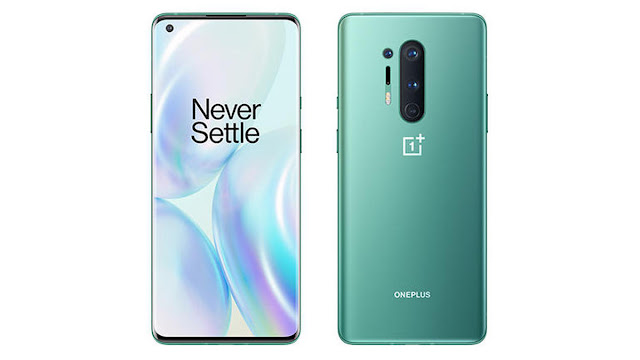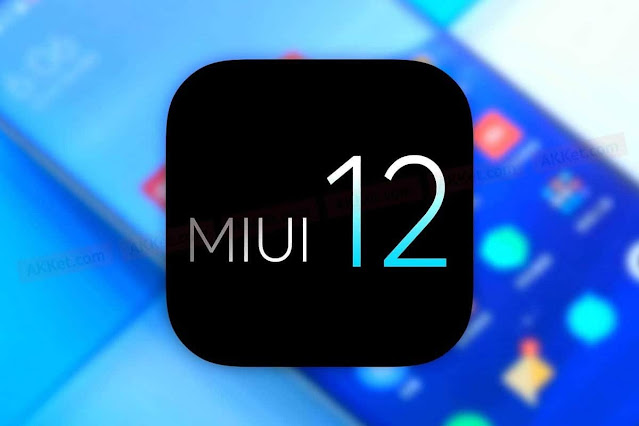It used to be that students go to classes physically; but because of the pandemic, online classes are suddenly turning into a trend.
Let's not forget that, no matter how expensive or how good your laptop or tablet is, if your internet is not in good condition, or is unreliable, then both devices are futile for online classes.
Both laptops and tablets are essential for students, even before the quarantine started. Both of these devices lets you use the internet for making and submitting reports, presentations, and even make quizzes.
Even if both devices are useful, their main differentiators include portability, affordability and even their operating systems can come into play. Again, let's ask the question: "Which are the best and most practical for online classes?"
LAPTOPS:
 |
Pictured: Asus Vivobook 15, an affordable ultrabook perfect for students
|
Most laptops run Windows 10 and offer more compatibility and flexibility than most tablets. They are more complete than mobile office suite. In fact, many experts believe that laptops are much more suitable for students, as they provide functionality and accessories (such as keyboards) that most tablets are missing, or bought separately. Built-in keyboards makes it much more comfortable to type than virtual keyboards. Most applications like Microsoft Excel, Adobe Photoshop and Microsoft PowerPoint have bigger functionality on computers and are much more fluent and easier to use. There are features in these apps that Android and even iPads lack.
Of course, while having a laptop is definitely more useful on functionality. The cost of most laptops are much much more expensive than tablets. For example, while Office suites run smoothly on a measly 15k laptop, renderers and 3D applications such as Blender and Photoshop may not run well, thus parents have to increase their budget (I recommend having a budget of at least 25,000 php ($500 US)) if high demanding apps are what their children/students need, then you should spend a little higher. A midrange tablet can cost 10k ($200 US) to 15k ($250) at most, such as the Samsung Galaxy Tab A 8inch, and sometimes can come with either a pen or keyboard.
There are laptops that run on low-power consuming processors. If you ever find a laptop with a U label (like Intel Core U and Ryzen U) then these can last over 6-8 hours on heavy usage, which is comparable to that of modern tablets
Laptops are also much heavier and are harder to carry. Students need to carry accessories such as the charger and mice to keep the laptop running for long. There are light 13inch ultrabooks, but most of the time, these can come with a high price. With that said, 14inch is ideal for portability and great specs.
In terms of portability, ultrabooks are the way to go, but even these are much heavier than conventional tablets
For conference calls, most, if not all, laptops come with a webcam. These are usually of high quality, enough to see details and are actually not as pixelated as many thought.
TABLETS:
 |
Pictured: Lenovo Tab M10, affordable tablet enough for Zoom calls and some productivity apps
|
Tablets are far more affordable and much more portable than conventional laptops. You could also purchase these for a much more affordable price. Because of their affordability and their lightweight designs, schools and local governments are focusing on giving tablets to students. Some tablets even have an LTE feature which laptops lack, making communication easier. Some cities in the Philippines are interested on giving tablets to public school students, while private schools can decide on their own.
It is much harder to find android tablets as manufacturers rarely make them these days. Android tablets had compatibility problems that lead to their demise. However, with the rise of online classes, they may make a comeback.
Nowadays, laptops can be as ergonomic as laptops now that technology has gotten much more advanced. There are even 2-in-1 tablets that also act like laptops, such as the Microsoft Surface series of tablets. Some android tablets can also come with a stylus pen or keyboard, such as the Samsung Galaxy Tab S4 and iPad Pro. Their lightweight design and laptop-like features, processors and sometimes graphics cards can rival that of affordable ultrabooks, and could be a much better choice than big 14 inchers.
However, tablets like the examples given above can come with quite a cost as well. Just like how their features rival that of laptops, so do their prices, sometimes even more expensive than an already practical ultrabook. For instance, the iPad Pro costs 50k ($1000 US) while a laptop of the same price, with even better specs, such as the Lenovo L340 Performance laptop costs about $600, and that, coupled with i5-9300h and GTX 1650 graphics card. If drawing/art is what you need, then there are affordable drawing tablets, like Huion HP430P costs about 1k ($20 US).
Affordable tablets, while being cheap, most have very reduced specifications and making even the most basic application unable to run. If you're buying a tablet, I suggest going for a budget of at least 6k and going for 2gb ram and 32gb storage, and processors similar in caliber to Snapdragon 450, or Mediatek Helio P23. Ultra cheap tablets, that usually costs around 2k php may not run apps well, or are left unoptimized.
Tablets are better for affordability and bigger battery, but for bigger projects such as photo manipulation, programming, rendering and professional video-making, laptops are a better choice.
Before we go to our summary, I would like you to consider the following questions before buying a tablet or laptop:
1) What is/are the purpose/s of the student?
- If what you need is just the basics, such as watching videos and calling for conferences, then a tablet is the most suitable and practical as again, they are much more affordable than laptops
- Should you do much more complex tasks, then a laptop is a much better choice.
2) Do you have stable and/or reliable internet connection?- Yes, let's say you're able to afford even the most expensive laptop or tablet, if your connection is poor and reliability is also questionable, then these devices are futile for online classes
3) Where will the student use said devices, and how long?- If you will use a device for long periods of time during your classes, then tablets have a way bigger battery and thus can last longer than laptops. Tablets are much more useful in a classroom-environment due to their portability.
- Laptops are better home-use as they are bulkier than tablets. Most laptops can last 5h on heavy usage.
4) Are there desktops at home that your child/student can use?- If the answer is "yes" it is impractical to buy a laptop, considering they're not going anywhere. If needed, you can upgrade your desktops so that they are more powerful and much more reliable to use.
- In this case, tablets are a better choice, as they can fill the gap between demanding tasks and portable video conferencing. Desktops/laptops and tablets can work hand-in-hand.
5) Which apps you would be using? Can the specifications of your laptop/tablet handle it?- You're not buying a tablet/laptop just because. Consider the specifications of the devices. Will they over overheat? Will it last for a long time? Will they work smoothly with me? Is this tablet/laptop worth my time and money?
- If you want, you can read our guide on choosing the perfect laptop/tablet for students here.
SUMMARY:
While both are useful, they cater to different needs. Tablets are more useful and more ideal if students are in the classroom while laptops are much useful at home, and in the professional world, like in Offices, desktops and laptops are often much more used than tablets due to their functionality.
Laptops PROS:
- Laptops are used in office workspaces and are a much better choice for big projects and school works such as accounting, programming, video-editing and much more
- Laptops offer better functionality and fluency than tablets.
- Applications found in PCs are much more feature-packed than their mobile counterparts
- Mainstream laptops can run Microsoft Office Suite, Video Conferencing and even rendering well, although a bigger budget can make them run and render smoother without lagging
- Laptops have bigger shelf-life than tablets and even old applications can run under compatibility mode
- There are laptops that run on low-power consuming processors. If you ever find a laptop with a U label (like Intel Core U and Ryzen U) then these can last over 6-8 hours on heavy usage, which is comparable to that of modern tablets
Laptop CONS:- Laptops can be expensive to purchase, especially if your only purpose is for video conferencing and basic office tasks
- Laptops are bulkier than tablets. They are often heavier and much more of a burden to carry than tablets
- Laptops have no LTE connection. However, some tablets do, and can be used to replace cellphones.
Tablets PROS:
- Tablets are much more portable than laptops and are perfect for basic tasks such as reading pdfs, quickly editing photos and presentations, and as well as video conferencing
- Midrange tablets that are comparable to ultrabooks in terms of specs and power, are much more affordable to buy. These can cost for about 7-15k in contrast to an ultrabook that costs 25-35k of the same caliber
- Can complement desktops and can work well together
- There are 2-in-1 tablets that can act both as a laptop and a tablet, making your work much more flexible
- Some tablets come with either keyboard and/or pen, making typing much easier to do
- Some laptops come with GSM services and LTE, making them act like a phone, and make communication much easier.
Tablets CONS:
- While tablets are much more advanced nowadays, they cannot match the calibers of desktops or laptops in functionality and features
- It is harder to find a tablet to suit your needs, as most Android manufacturers gave up in making these tablets
- Applications found in these tablets have much more limited features than the ones found in desktops/laptops as they are made to be more portable and lighter to use.
- Ultra cheap tablets may not work well with even the lightest of apps, and can render them useless
- Not ideal for big projects such as rendering and video-making.














